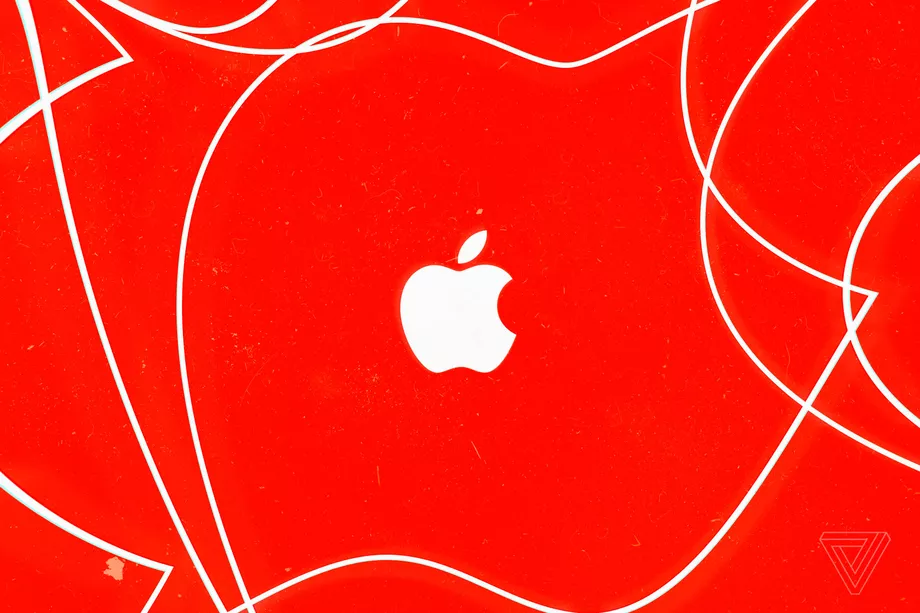Starting in the US, with a global rollout to more than 100 countries after
Apple’s streaming television service, which is said to resemble Amazon Prime Video and Netflix, will launch in the first half of next year, according to a report today from The Information. The service, which may exist as a standalone app or within the existing TV app, will launch in the US first and become available in more than 100 countries after a few months of availability, the report says. It will feature a mix of original programming, access to third-party services, and the ability to subscribe directly to channel packages offered by network and cable providers, similar to Amazon’s Channels feature.
For years, Apple has been trying to crack streaming like it did digital media and smartphone apps. But due to complex licensing deals and media conglomerates’ tight control on pricing and bundling, the iPhone maker has been less successful than competitors like Amazon and Netflix, both of which have built strong ecosystems mixing licensed content and original programming. And although Apple has sold its own set-top box since 2006, the device has largely remained a conduit for other companies’ media, and it lags behind Amazon and Roku hardware in market share.
Apple appears ready to try and change that with the launch of its official streaming TV service, which will be free for iOS device owners and exist as the home interface of its Apple TV line, reports The Information. One snag is that Apple doesn’t appear willing to let the software exist outside its own hardware, which may limit its ability to expand. Both Amazon, through its Prime Video app, and Netflix exist as mobile apps, built-in native smart TV apps, and streaming set-top box apps. In the case of Amazon, which produces the Fire TV line, its software is the entire home interface on its devices. That means consumers have numerous access points to Prime Video and Netflix, while Apple will necessarily limit its own service’s reach.
Still, this mirrors Apple’s approach to many of its other hardware and software products, and it could prove to be irrelevant if the company’s free service gets millions of iOS and Apple TV users signing in. (Notably, Prime Video requires you pay Amazon’s $119 annual fee, while Netflix costs $7.99 a month.)
The obvious solution there is original programming, which Apple has reportedly set aside $1 billion for in 2018 alone. So far, Apple has put its original shows, like Carpool Karaoke and Planet of the Apps, on Apple Music. But this new service would be home to a dizzying number of in-the-works projects that have been confirmed in the last couple of years. As my colleague Andrew Liptak put it, there’s a lot Apple is working on:
So far, Apple has signed a multiyear deal with Oprah Winfrey to develop new shows, ordered a pair of children’s shows from the creators of Sesame Street, a reboot of the science fiction anthology show Amazing Stories, a Hunger Games-style dystopian show called See, a series from La La Land director Damien Chazelle, a thriller series from M. Night Shyamalan, a space drama from Battlestar Galactica creator Ron Moore, a drama about a morning show starring Reese Witherspoon and Jennifer Aniston, and an adaptation of Isaac Asimov’s classic science fiction novel Foundation. There are also reports that it’s working to acquire the rights for an animated film.
We have no idea if this programming will be any good. Considering it took years for Amazon and Netflix to find their footing in Hollywood and start turning out Emmy- and Oscar-winning projects, it could be a while before Apple attracts the same level of talent and creates a production environment where high-quality television and film can succeed. But Apple clearly has the money to spend and the desire to compete.
Fifteen years ago, iTunes dominated the digital media landscape as the place where you went to browse, purchase, and play music, TV, and movies on your computer and MP3 player. Despite the dominant position of the iPhone in the age of the smartphone, Apple missed the boat on streaming video and is still playing catch-up with Spotify on streaming music. With the launch of a successful TV service, however, the company could start making up for lost time.

